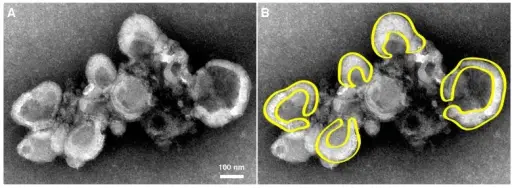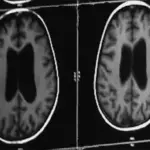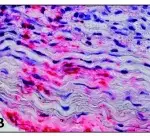Polio or poliomyelitis is a disabling and life-threatening disease caused by the poliovirus.
What is the Pathology of Polio?
The pathology of polio is:
-Etiology: The cause of polio is infected feces, contaminated food, and the polio virus.
-Genes involved: Not applicable.
-Pathogenesis: The sequence of events that lead to polio are: virus enters in intestines and replicates there, then invades local lymphoid tissue and may enter the bloodstream, and then infect cells of the central nervous system. The virus-induced destruction of motor neurons of the spinal cord and brain stem cells results in distinctive paralysis.
-Morphology: The morphology associated with polio shows a diameter of 25 to 30 nm. Its outer coat or capsid is composed of 60 protomers each made of 4 virion proteins VP1, VP2, VP3, and VP4 arranged in icosahedral symmetry.
-Histology: The histology associated with polio shows vacuolation and infiltration.
How does Polio Present?
Patients with polio typically are children at an age range under 5 years. The symptoms, features, and clinical findings associated with polio include neck pain, stiffness, pain in the arms fatigue, and back pain.
How is Polio Diagnosed?
Polio is diagnosed by cerebrospinal fluid, saliva, and stool tests.
How is Polio Treated?
Polio is treated by medications, physiotherapy.
What is the Prognosis of Polio?
The prognosis of polio is good. The majority recover with no complications; however, patients with paralytic polio may become disabled for their whole life.



